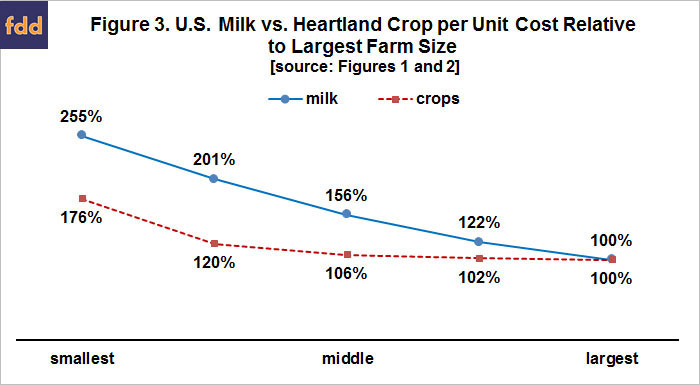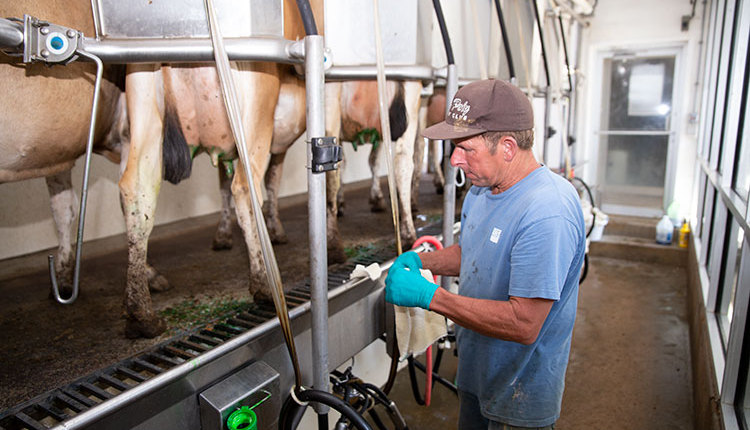
Even at costs of $18.74 per hundredweight of milk on 1,000-plus-cow dairies, no one appears to be making any money, at any size, as detailed in the item, “Size matters more to dairy than crop farmers.”
Given that few are making money, it may be easier for a smaller farm to survive from off-farm, nondairy farm income than even for the largest dairy farms. It also becomes more of a question, “Why lose money if you can make some transition?” Lastly, how long must we wait for more equitable milk prices? Forever, if no one stops the rampant expansion.
Why is this industry choosing to glut the world market for milk? It is hard to escape the conclusion that much of the industry power base just wants traditional farms to go away. Will the environment or consumers be served by a selfish consolidation of production within mega-dairies?
Would a better comparison of farm size categories be, “How much other farm income per hundredweight is generated from other than milk sales? These factors could include deacon calves, cull cows, surplus replacements, breeding stock, and crops.
It seems to me that these extra factors might favor the smaller farms somewhat, where the farm may not have become totally monocultural. Monoculture agriculture is harder to sustain without higher expenses. Larger dairies benefit at the moment from depressed commodity prices but are more exposed to fluctuations and are more vulnerable to environmental penalties if there are inadequate processes for recycling manure to field crops.
Larger farms with more external inputs are getting boxed into the lowest common denominator of producing pure commodity milk — unable to create any real added value from the consumer market (in spite of preferences some receive from the processing and handling).
Smaller farms that proactively choose to qualify for any of the premium milk markets or have a high probability of developing organic, non-GMO certified, A2A2 beta casein, BB kappa casein (cheese yield), grass milk (no grain) — all of which offer significant premiums that would exceed the production costs of the levels of the 100-cow dairy category — can make these transitions in a shorter time frame and with less complications.
Greg Palen, Michigan





